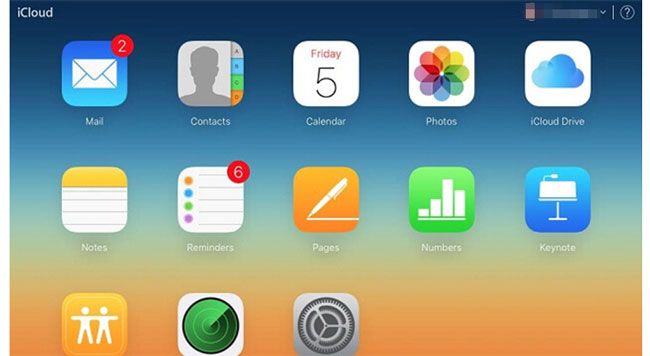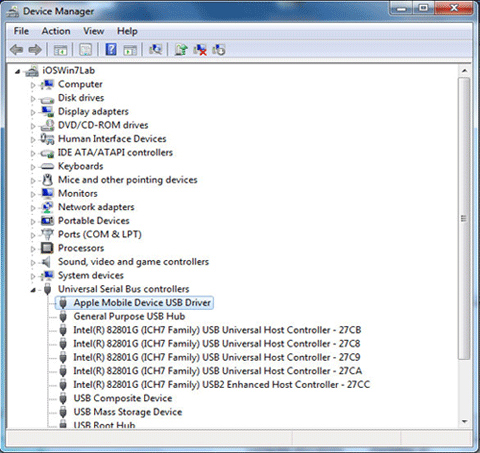

I was about to pull my hair out and I’m so thankful I stumbled on this tutorial.

I find that the majority of the new files are in the same couple of folders but randomly a recent picture will get placed in a folder with pictures from years ago. I’ll be happy to add it to the post!īrilliant! Thank you for this well done tutorial! I have 32 folders within my DCIM and it is maddening to find the most recent. If you have any other method you usually do to transfer your photos to your PC please don’t hesitate to share it here. I find the deleting photos/videos, especially lots of them are easily done using the Windows Explorer, as opposed to in the iPhone’s Camera Roll. I also use this method to easily see all photos/videos I have on my iPhone and subsequently pick and choose which ones I could delete. Hence I dubbed it the Quickest method.Īs for the first method, I use it from time to time to transfer individual photo/video, especially one that has already been transferred previously. As soon as I run the Import Photos/Videos it will transfer all my new photos and videos to my PC without my intervention. If you decided to keep it, the license costs $19.95 per year, or $39.95 for a lifetime (for 1 user).įor day to day backup, I prefer the second technique because once I set it up I don’t need to touch it again. This peripheral could be a CD/DVD, an External Hard-drive, or an iPhone or iPad.Īfter doing some searching the AutoPlay should run the Import Pictures and Videos automatically, but if you just can’t wait for it, you are free to just select it from the list in the dialog box. This functionality would normally run any time any external peripheral is attached to the PC. If you are lucky, Windows would recognise the device and run the AutoPlay function. Plug the USB cable from the iDevice to the PC.Ģ.

Why is it the quickest, because once you set it up, the process is almost automatic!ġ. This functionality comes with every Windows OS as a standard. The quickest way of transferring photos/videos from your iDevices to your PC is by using the Import Pictures and Videos feature of Windows. But maybe after learning the quickest technique I describe below, you might choose differently.

You might argue that this is not simple at all, but after trying other ways of transferring photos, I decided that this is the simplest and most straight-forward of all. Phew! We found our sanity back AND our patience has been paid off!


 0 kommentar(er)
0 kommentar(er)
